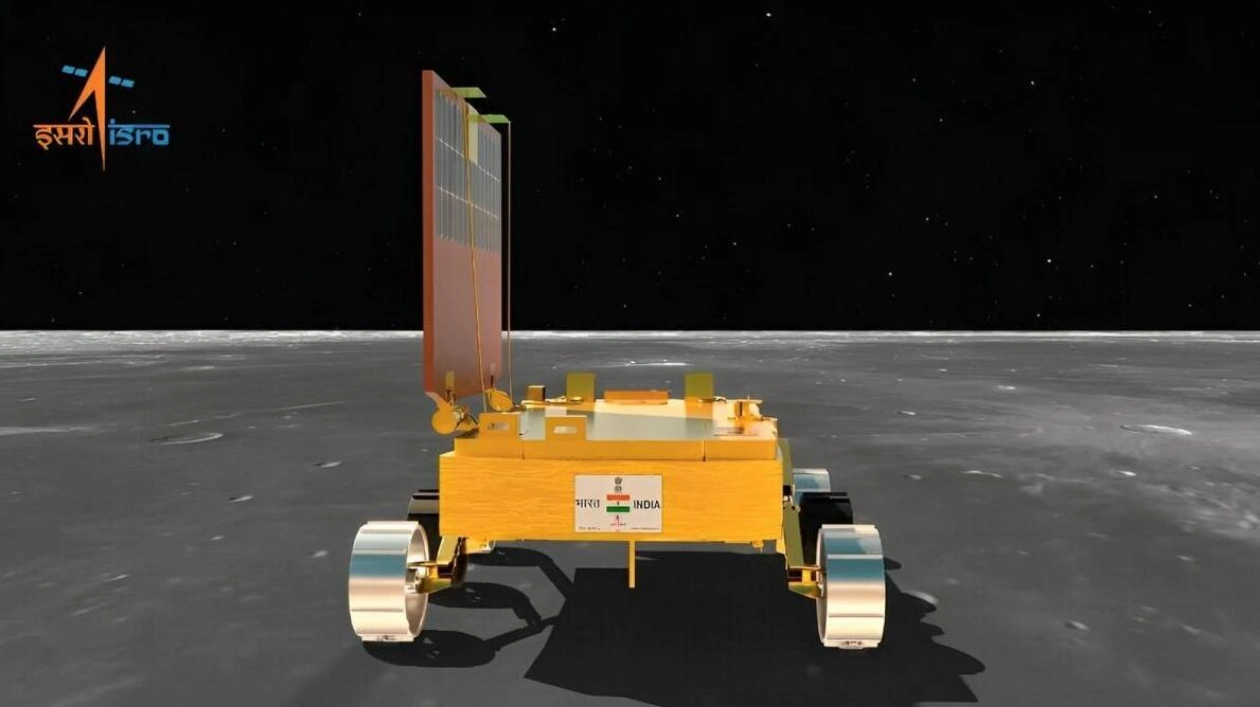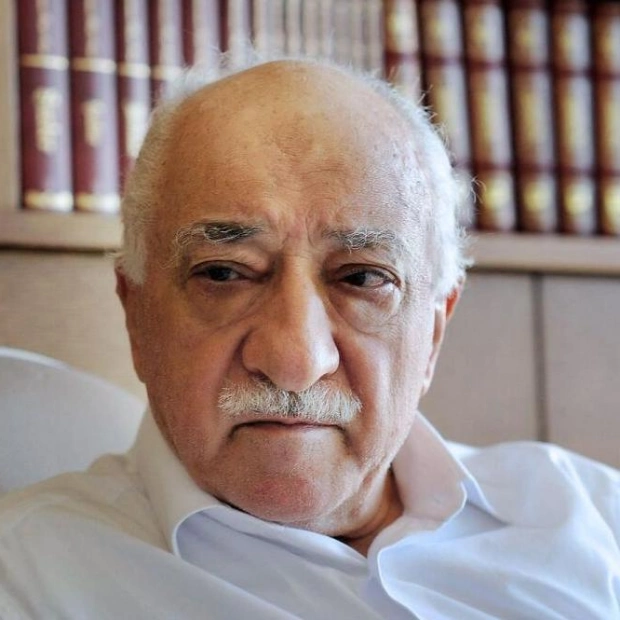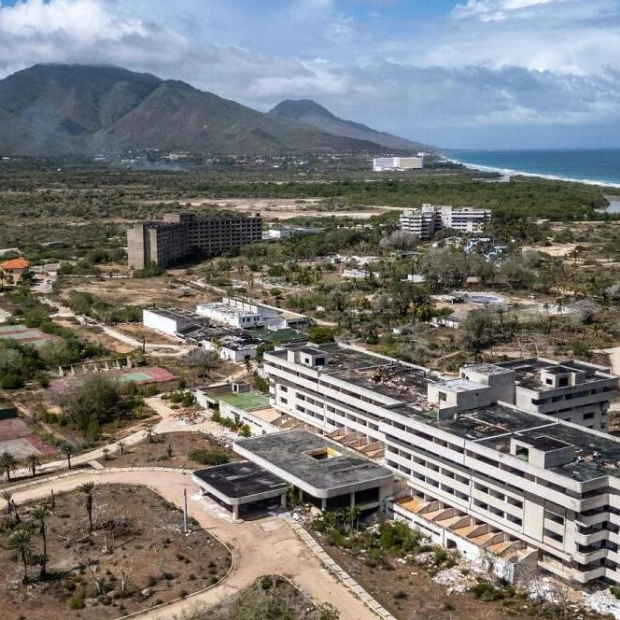India’s Chandrayaan-3 made a remarkable landing at the moon’s south pole in August, utilizing a unique engine configuration to prevent dust disturbance. This enabled the onboard cameras to capture clear views of the landing region, ensuring a safe descent.
This accomplishment elevated India’s and the Indian Space Research Organisation’s (ISRO) standing globally. Prime Minister Narendra Modi emphasized that this achievement belonged to humanity, inspiring future moon missions.
ISRO’s successful moon mission and other landmark projects have propelled India to the forefront of space exploration, with over 100 spacecraft missions and record-breaking satellite launches. Its cost-effective approach and alignment with government strategies have garnered international acclaim, positioning ISRO as a preferred partner for collaborative ventures in space exploration.
Looking ahead, ISRO’s vision includes ambitious plans for lunar exploration, interplanetary missions, and human spaceflight, exemplified by the upcoming Gaganyaan mission. ISRO also aims to establish an indigenous space station by 2035 and land an Indian on the moon by 2040, underlining India’s aspirations in space exploration.
Dr K Sivan, former Chairman of ISRO, encapsulates ISRO’s journey as India’s pursuit of excellence in science and technology, transcending boundaries and inspiring future generations. With its unwavering commitment to excellence, ISRO continues to pave the way for India’s giant leap in space exploration.






